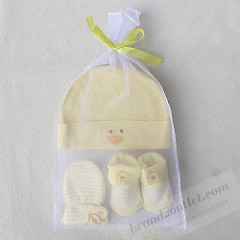If you have ever lost a part off of your muffler or had your kid’s wagon break, and it is apparent no bolt will fix the problem, welding has probably come to mind. The system of joining two types of material by add certain types of filler material that in turn can form a mega strength bond is an awe inspiring process.
Safety should always be the first point of concern when beginning a welding project. Safety applications such as welding fire blankets and long sleeve welding gloves, may vary project to project. This depends on the type of welding to be accomplished and the environment where the welding will actually take place. For the welder, there are welding helmets and welding gloves that offer protection. For the area around where the welding will actually occur, there are welding blankets.
Automotive, railway and shipbuilding industries protect finished areas of vehicles, ships, trains and track with welding blankets to lessen fire and burn danger. Fiber glass is usually the material of choice because of its flexibility properties and it resistance to heat at temperatures that are extremely hot.
Welding gloves are another essential item. Nomex fabric with Kevlar stitching gives maximum high temperature protection. When deciding on pair of gloves get in touch with other welders and find out what they like and what they don’t. Check the gripping control for maximum flexibility that can be worn comfortably for long periods. These are key items to consider in the purchase of gloves.
Styles of welding gloves are important and depending upon the project, a gauntlet may be important. A gauntlet is a piece of material that insulates the forearm and protects the wrist from sparks and heat. It acts as protection in long sleeve welding gloves. Other things to consider may be foam lining, Kevlar reinforcements and a reinforced thumb.
Faye Herl writes about Long Sleeve Welding Gloves at http://www.squidoo.com/theweldingreview.

